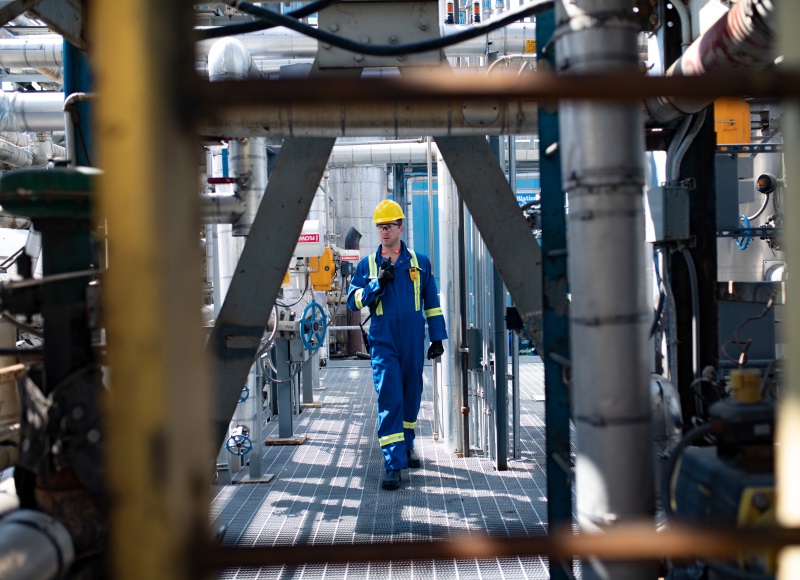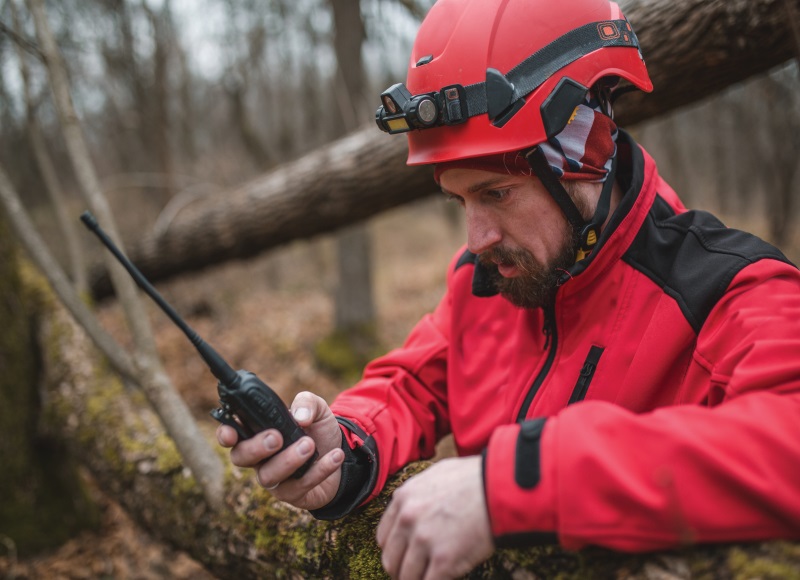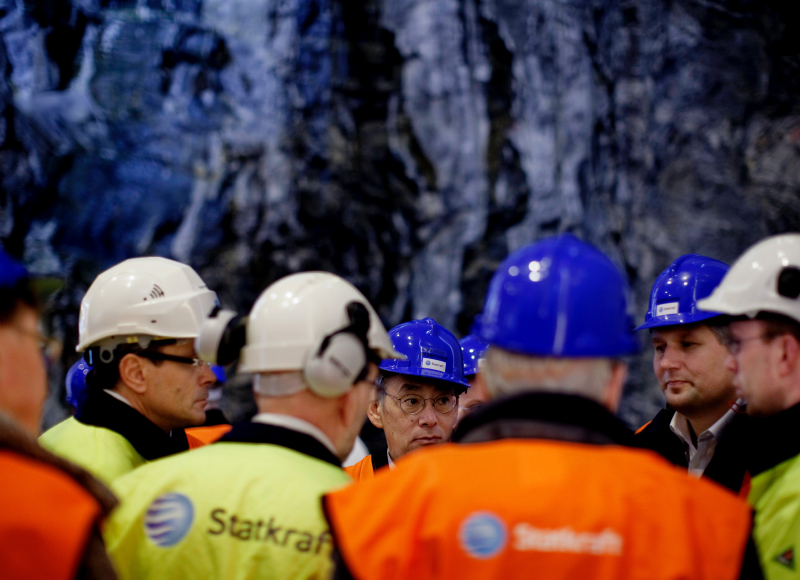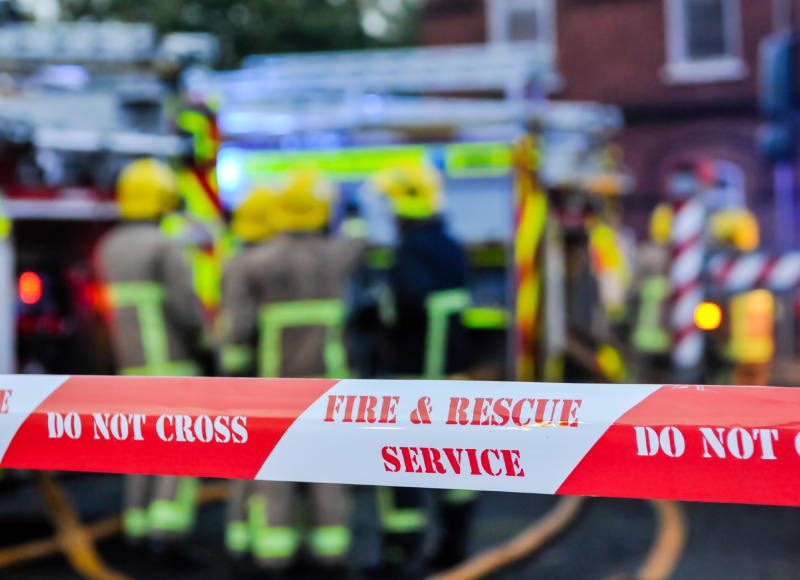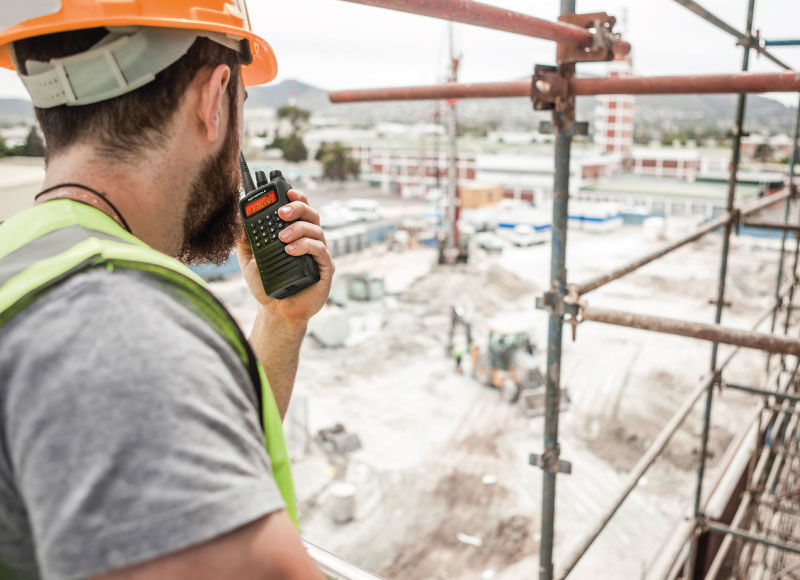

Construction site safety is an extremely challenging field that requires training, vigilance, and attention to detail. According to the National Accident Helpline, Construction is the most dangerous industry for UK workers with a quarter of workplace fatalities occurring on construction sites. And, with pressure to get things done on schedule, plus daily exposure to dangerous work becoming commonplace, workers are often inclined to shortcut safety measures, placing themselves in harm’s way.
It would be impossible to cover all the elements required for construction site health and safety compliance in this post. However, we will provide a broad outline of basic principles. For more in-depth reading, we recommend the free resources offered by the UK government’s Health and Safety Executive website.
Preparation and planning for a safe site
Planning, site preparation, and site management must combine to ensure the safest possible working conditions on construction sites. Apart from ensuring worker safety, achieving compliance can protect construction companies and their executives from prosecution, fines, and even imprisonment.
Lay the groundwork for construction site safety by undertaking compliant planning and site preparation. By the time work begins, everything that’s needed for effective construction site health and safety should be in place. This phase requires input from qualified people who are familiar with workplace safety laws and who can assess and mitigate site-specific risks. At times, they may need help from subject matter experts. For example, if new methods and materials are being used, specific sets of workplace safety measures may be needed.
As part of your preparations, ensure that health and safety representatives are elected by all teams and that they receive appropriate training. A well-formulated plan cannot be effectively implemented without vigilant people who understand the specific construction site and its health and safety requirements. As part of their task, they act as a link between site management and workers, ensuring clear communication and helping clear away obstacles to compliance.
Before work begins, ensure that all workers receive a proper orientation with a strong focus on workplace safety. Plan for regular safety briefings and feedback sessions as well as ongoing site inspections, both formal and informal.
Control and supervise site activities with construction site safety as a primary goal
Even when everyone is aware of safe work systems, they may not always be implemented – unless the site is carefully controlled and well-supervised. This extends beyond steps taken to address primary hazards like falls and “major issues” like the safe use of heavy mobile plants and equipment.
Your regular construction site safety checklist will be a detailed one. For example, it includes inspection of protective equipment, maintaining a tidy site, and even basics like workers’ access to clean drinking water and staff facilities. Apart from formal site inspections, your health and safety representatives should be constantly aware of site safety and should be empowered to take remedial action or report health and safety risks without delay.
Continually reinforce a culture in which workplace safety is non-negotiable
With many project-related pressures to deal with, compliance with the Health and Safety at Work Act can seem onerous, particularly for workers on the ground. But with human lives and health at risk, it should nevertheless be implemented and communicated as a set of principles that governs all construction site activities.
Employees should, at all times, be aware that reporting hazards is an important duty and that their contributions are welcomed – even if that means that work is delayed. And, in instances where employees fail to or refuse to comply with safety requirements, it should be seen as a serious matter that may result in disciplinary action or even dismissal.
Be prepared for emergencies
No matter how thoroughly you strive to address health and safety on your construction sites, accidents can happen. Contingency plans that address what courses of action should be taken in the event of emergencies should be formulated. And, with this done, every worker must know what to do in a crisis situation. For example, if a fire were to break out on site, effective preparation and prompt, well-coordinated action protects both lives and property.
Communication and coordination are key
Construction site safety is much more than just a box-ticking exercise. It requires constant communication and careful coordination. Apart from regular give-and-take between site management and workers, the importance of communication during the course of work can’t be understated.
For example, if a worker identifies a hazardous situation and reports it to their supervisor, it may be necessary to escalate the matter speedily. Even routine tasks require coordination to ensure worker safety. For example, a crane operator must be in contact with people on the ground. And, if an accident were to happen, a well-organised and above all prompt response is necessary.
Radiocoms partners with the construction industry in meeting communication needs
Good construction site communication is among the basic requirements for a safer workplace – and two-way radios or PoC devices are essential tools for achieving coordination and on-site efficiency. From day-to-day basics to emergencies, our communication systems are designed to meet the rigorous requirements and challenging work environments that are unique to the construction industry.
Discuss your construction site communications network needs with us and discover the best-in-class solutions we have to offer. Contact us for a consultation. Effective on-site communication and safer workplaces begin with Radiocoms.
Read more
Let’s start a conversation
If you would like further information, or to discuss your requirements onsite:
Book An Appointment | Arrange A Quotation | Call 033 3939 0022
